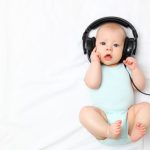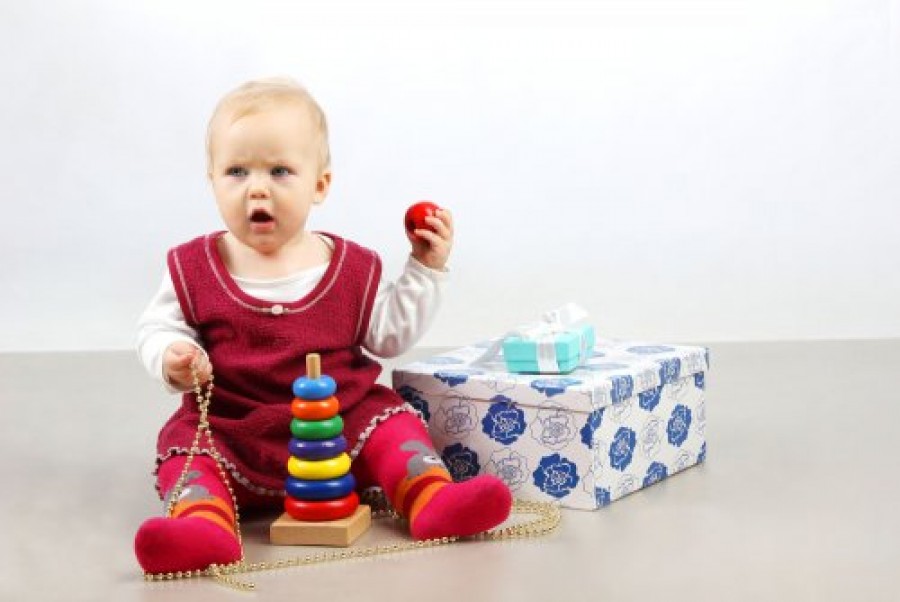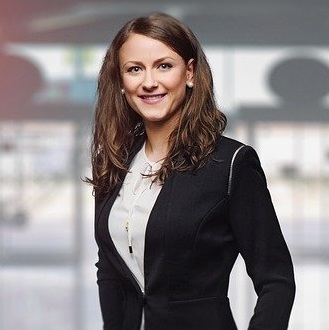How Your Baby’s Eyesight Develops?
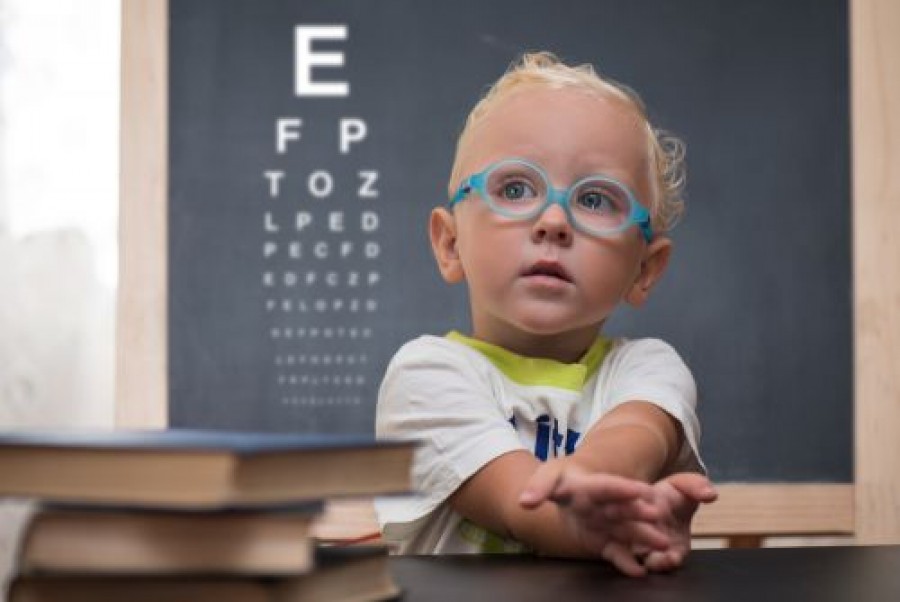
Unlike hearing, your baby’s eyesight will take a little time to fully develop after they’re born. As your baby grows, they will start to take more in from the world around them, developing face recognition and colour recognition.
It’s exciting to watch them develop in this way as they start to identify different faces, foods and favourite toys!
What can my newborn see?
When your baby is first born, their eyesight will be blurry and unclear. They won’t be able to pick out specific details but they will be able to make out solid shapes, light, dark, and movement around them.
To start with your baby will only be able to see about 8 to 20 centimetres in front of them, which is just the right distance to be able to make out your face and smile when you’re holding them. Baby’s first learn to smile by imitation, so be sure to hold your baby where they can see you and as their eyesight becomes clearer in the first month, you’ll notice them start to copy you and smile back when you smile at them.
Although your baby can see colour from birth, distinguishing similar colours like red and orange is not so clear for babies when they’re newborn. But they can make out high contract images and patterns quite well. Strong contrast black and white picture books and graphic cards are great for babies at this stage as they can make them out clearer than other high coloured/patterned images.
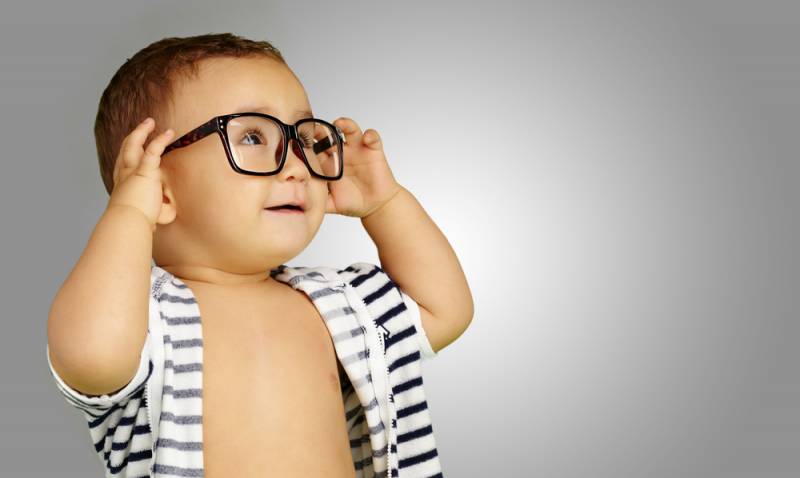
How will my baby’s eyesight develop?
Your baby’s eyesight will continue to develop and improve from birth up until they’re about 8 months old. By the time they are 8 months, their eyesight should be fully developed and they’ll be able to see just as well as an adult.
Some eyesight development milestones to look out for:
One – Two Months Old
By this stage your baby will have learnt to focus their eyes in unison and use them to look around them and look at you. As your baby’s eyes develop you will notice them following you around the room or tracking objects you move in front of them – try using bright toys or high contrast black and white image cards that will be easier for them to see and track.
Three – Four Months Old
As mentioned above, babies struggle to tell the difference between similar colours at first, preferring high contract images. Between the ages of three and four months, colour differences become much clearer and your baby will be able to identify and distinguish between different colours and shades. Around this time you’ll probably notice your baby start to show a preference towards brightly coloured and patterned toys and items.
Five – Six Months Old
Around this time you’ll notice your baby develop better depth perception, and they’ll be able to tell how far away things are and get better at reaching for items and picking them up. This will probably be most noticeable when there is food around! They’ll also be developing better control of their arms, and muscle develop will mean they become more coordinated when reaching for things. Their ability to pick out different colours will also be much more developed, and they’ll be able to confidently track objects around the room and watch you as you move about.
Seven – Eight Months Old
By the time your baby is 8 months old they will have fully developed eyesight – as good as yours! Providing they do not have any vision impairments, they will be able to identify you from across a room, pick out different objects by sight and confidently distinguish colours. Their long-sight will not be quite as good as their short-sight just yet, but will continue to develop for a few more months.
As with all development milestones, some babies do develop differently, and you might find your baby being able to do some of the above before the suggested age milestone, or it might take them a little bit longer. All babies are different and as long as you see progress and engagement, you should have nothing to worry about.
Your doctor and midwife will also carry out simple eye tests during the early stages to pick up on anything that needs correcting at this point.
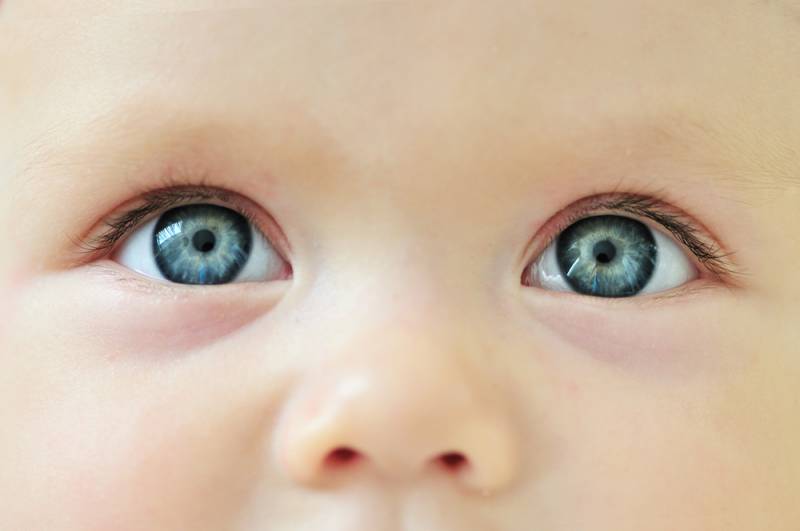
What can I do to support my baby’s eyesight development?
There are lots of different ways to help your baby and support their eyesight development, once you know what they can see, and what they will respond to best. Helping your baby with this side of their development is about being engaging, interactive and fun too!
A few things you can try include:
Lots of face-time
At an early age babies show a preference for human faces over patterns and designs – they enjoy the engagement and learning from your expressions! Keep your face close to your baby and make silly faces at them so they can pick up the movements, and over time study your facial features. Try poking your tongue out at your baby and get no ends of enjoyment watching their surprise, and how they try to copy you!
Movement
The biggest thing your baby can detect from early on is movement and shifts in light and dark. Try moving objects back and forth and up and down in front of them – start with high contract cards and try different objects/coloured shapes as your baby grows. You’ll see their eye coordination strengthen as they track the object.
Play with light
Peek-a-boo is a great game that all babies love to play – you can try it with a soft, light blanket or just by placing your hands gently over your baby’s eyes. The contrast between light and dark will help strengthen your baby’s eyes and aid their ability to focus too.
Primary colours
As your baby grows, their eyesight will development will see them taking a preference to bright primary colours – which works well as most baby toys come in these colours! Try bright mobiles above their bed and coloured posters around their room and play areas and see how they interact and focus on these things as they grow.
What warning signs should I look out for?
As mentioned above, your doctor and midwife will do basic eye tests to start with to check your baby’s eyesight and make sure there are no underlying problems that need to be addressed. Some things are quite common at a young age, like eye coordination, and many babies experience something referred to as a ‘wandering eye’ where they struggle to focus and coordinate one eye with the other. This is easily corrected when identified early on with baby glasses and your doctor will advise you of next steps and care when needed.
More complex visual impairments such as near or far sightedness can’t be detected until a little later on when your baby is a bit older but some things to keep an eye out for that could be a sign of visual impairment include:
- Inability to track an object you move in front of them (from around four months)
- Inability to focus on your face when you’re in front of them
- Difficulty moving one or both of their eyes
- If your baby’s eyes are crossed a lot of the time and your baby struggles to correct them
- If one of their eyes is wandering and unfocused
If you spot any of these signs with your baby’s eyes – speak to your doctor or midwife who can carry out further checks and put corrective measures in place if needed. Picking up on these things early on, gives your doctor the best chance of ensuring they don’t progress and become worse.
As always, every baby is different and development is not one size fits all! As long as your baby is engaged, happy and responsive, then you should have nothing to worry about.
Baby Developmental Milestones
How your baby’s eyesight develops

